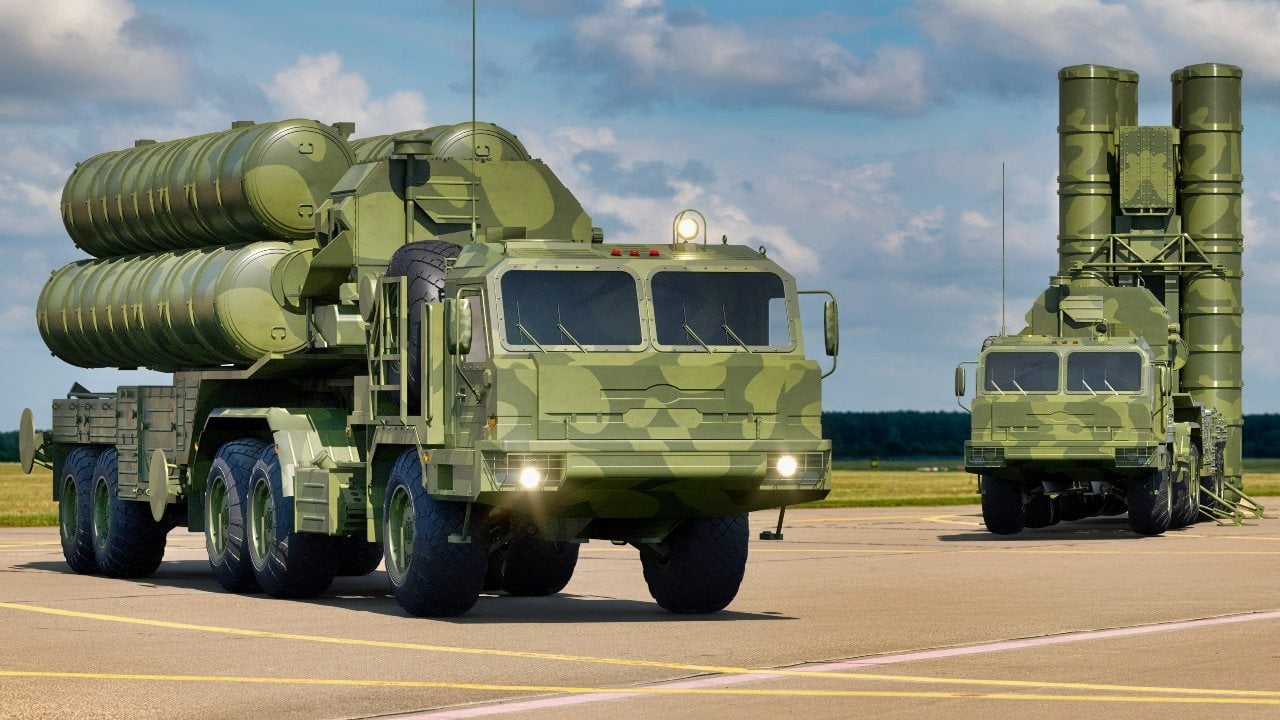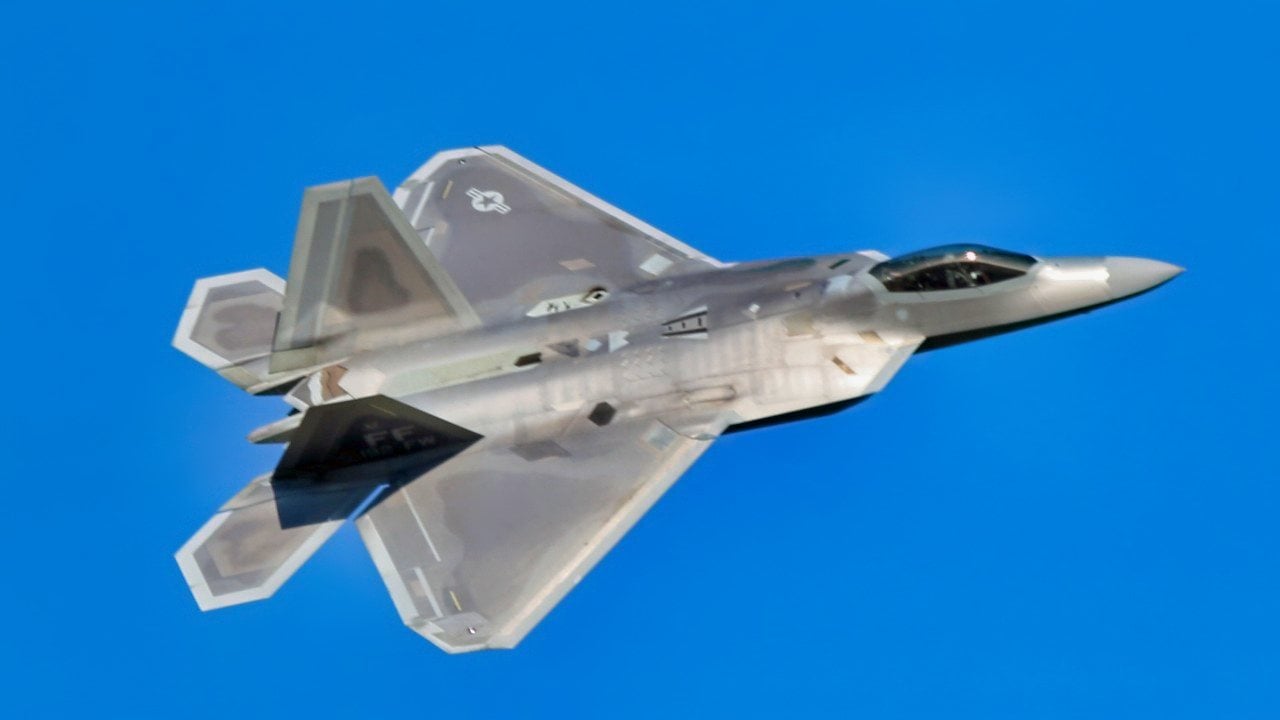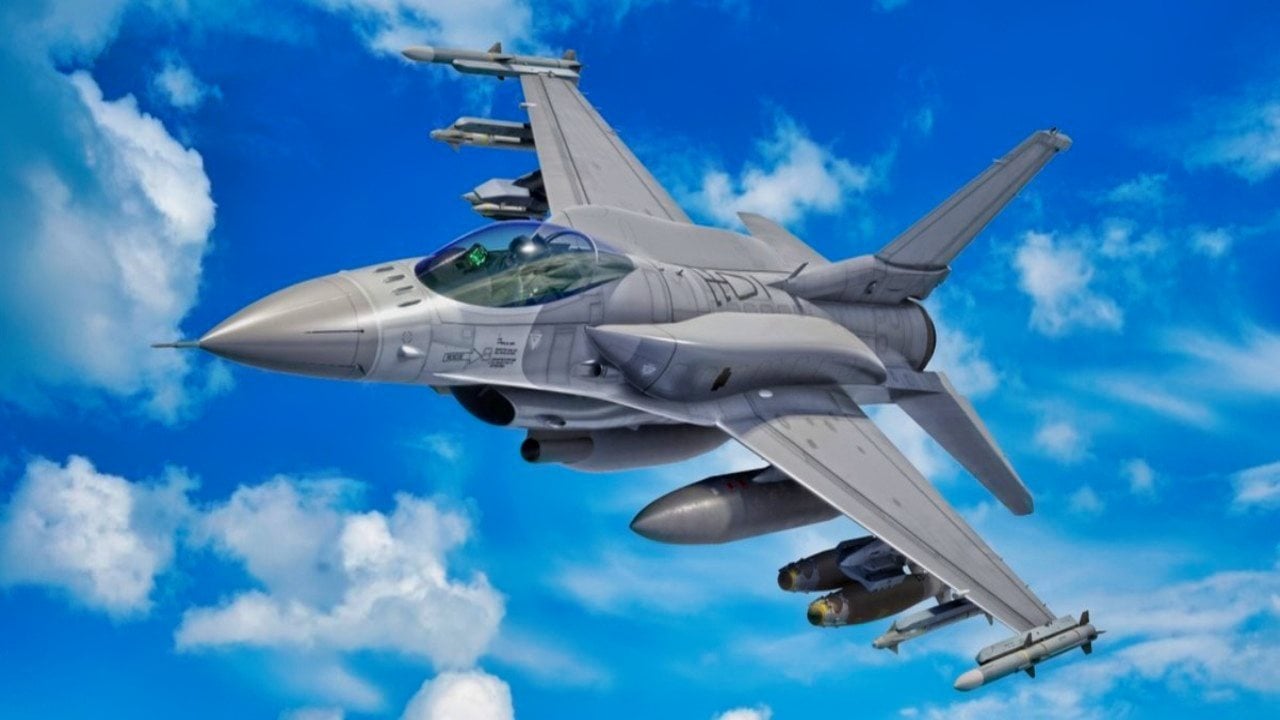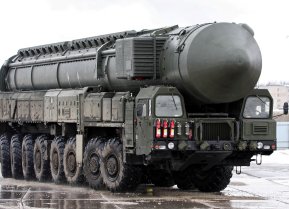S-500: Russia's Air Defense Missile System Built to Kill F-22 and F-35 Fighters?
Russia’s S-500 “Prometheus” air defense system can be linked back to 2010, shortly after its S-400 predecessor was introduced to service. Some say it was designed to attack F-22 and F-35 stealth fighters flown by the U.S. and NATO.
Summary: This article discusses Russia's S-500 air defense system and its potential impact on the conflict in Ukraine. Since February 2022, Ukraine has received significant military aid from the US and NATO, including advanced equipment. Russia's inability to achieve its offensive objectives in Ukraine is partly attributed to Ukraine's well-equipped forces.
Russia’s S-500 missile system
Since February 2022, Ukraine’s arsenal of military equipment has dramatically ballooned. The U.S. and other North Atlantic Treaty Organization (NATO) allies have provided billions of dollars’ worth of aid to support Kyiv’s defensive efforts against Moscow. From main battle tanks and munitions to anti-tank weapons and infantry fighting vehicles, Ukraine possesses some of the best military equipment available.
In fact, Russia’s inability to accomplish its offensive objectives can be attributed to Ukraine’s tough defense. The Kremlin is banking that its superior air-defense system will ward off the well-equipped Ukrainian forces in battle.
While the S-500 is widely touted by Russia’s military to be a fifth-generation killer, the system’s true capabilities are still up for debate.
An overview of Russia’s air defense systems
Russia’s S-500 “Prometheus” air defense system can be linked back to 2010, shortly after its S-400 predecessor was introduced to service.
Russian media outlets claimed that the S-400 was successfully tested in the late 1990s and was scheduled for deployment by the Army in 2001.
By 2003, however, the air defense system had still not been officially introduced. Over the next few years, the S-400 would undergo an array of testing procedures that would delay its entry to service until 2007.
Designated by NATO as the SA-21 Growler, the S-400 was designed to replace Russia’s earlier S-300 and S-200 variants. The former Soviet Union developed both preceding models as a series of long-range surface-to-air missile systems (SAMs). Trials of the original S-200 began in the mid-1950s, although the system was given the moniker S-25 Berkut initially. By the mid-1960’s, the first S-200s were in service.

The S-300 (NATO reporting name SA-10 Grumble) was produced in the late 1970’s. Designed to defend against air raids and cruise missiles, the S-300 is still considered to be one of the most effective anti-aircraft missiles deployed today.
Introducing the S-500
While Russia’s earlier air defense systems are already quite capable, the introduction of the S-500 was intended to counter more modern threats.
Specifically, Moscow desired a new variant capable of defeating fifth-generation aircraft like the F-22 and F-35 as well as low orbit satellites, in addition to ballistic and cruise missile threats that preceding SAM variants could already counter.

The S-500’s trajectory followed a similar path as many other Soviet and Russian weapons, marred by countless delays to service.
In fact, the S-500 wasn’t officially tested until May 2018, when Russia conducted “the world’s longest surface-to-air missile test” by striking a target positioned roughly 300 miles away.
S-500: Design, specs & capabilities
Russia’s new S-500 air-defense system consists of four 40N6M long-range surface-to-air missiles or two 77N6 interceptors in tubes mounted on a launch vehicle.
As detailed by the Center for International and Strategic Studies, the 40N6M long-range missiles can travel at a range of up to 400km, while the 77N6 series interceptors can reach approximately 600km. “The system features four radar vehicles per battery, including the 91N6E(M) S-band acquisition radar, 96L6-TsP C-band acquisition radar, 76T6 multi-mode engagement radar, and 77T6 anti-ballistic missile engagement radar.9 This radar complex reportedly allows the S-500 to detect ballistic and airborne targets at up to 2,000 and 800 km, respectively.”
Notably, the Kremlin has alleged that its new S-500 system is the only weapon capable of intercepting the country’s Kinzhal “hypersonic” missiles. This air-launched ballistic missile can reportedly be equipped with both nuclear and conventional warheads. While the Kremlin has frequently claimed that the Kinzhal is indeed a hypersonic weapon, Kyiv claimed to have shot down one of these missiles with its American-designed Patriot system over the summer.
Has the S-500 been deployed to Ukraine?
In April 2022, the S-500 Prometheus commenced serial production, according to Russian state-run media outlets. This announcement was circulated by the Russian government-owned news agency TASS and was later corroborated by the CEO of the air-defense system’s manufacturer. However, international sanctions levied against Moscow are negatively impacting work on the air defense system. The U.S. and its NATO allies have waged heavy economic sanctions on Russia for its illegal attempt at annexing Ukraine.
Now that the invasion has been ongoing for nearly two years, Russia has sunk the majority of its resources into sustaining its war effort. Moscow’s lack of essential munitions, main battle tanks, infantry fighting vehicles, and other key weaponry demonstrates the imposition of these sanctions.
A consortium of NATO allies have agreed to deliver 60 F-16 Fighting Falcon airframes to Ukraine in the near future. Opponents of this deal have suggested that these jets would be too vulnerable against the S-500 air defense system. Now that Kyiv will soon be flying these fighters, the true extent of the S-500’s capabilities will be documented - as Moscow could send in the S-500 for air defense duty, which most experts argue still has not occurred yet.

About the Author: Maya Carlin
Maya Carlin, National Security Writer with The National Interest, is an analyst with the Center for Security Policy and a former Anna Sobol Levy Fellow at IDC Herzliya in Israel. She has by-lines in many publications, including The National Interest, Jerusalem Post, and Times of Israel. You can follow her on Twitter: @MayaCarlin.
All images are Shutterstock or Creative Commons.


